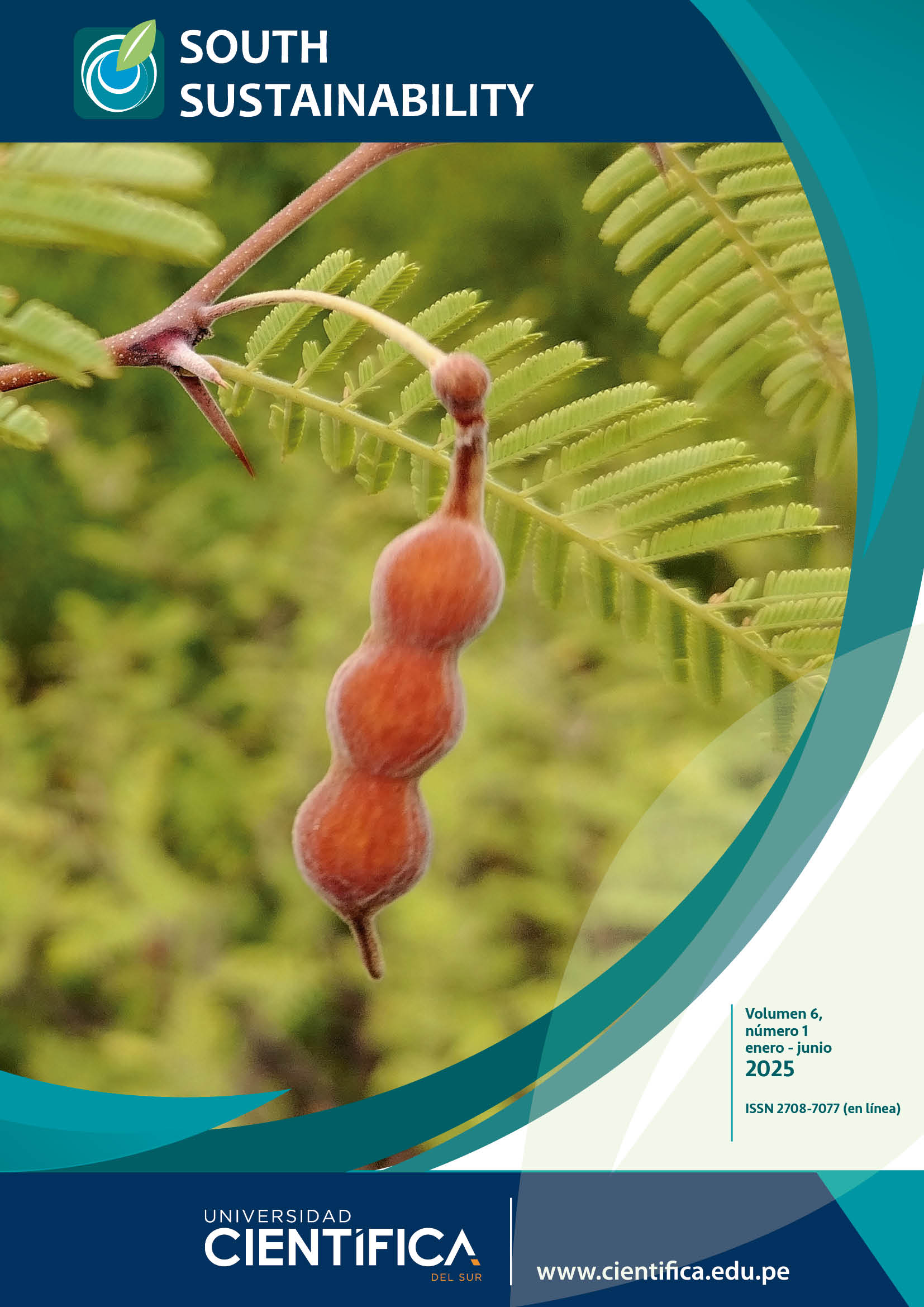Effective Environmental Management At Events: Calculation Of The Carbon Footprint At Climathon Peru 2023
DOI:
https://doi.org/10.21142/SS-0601-2025-e120Keywords:
sustainable events, carbon footprint, environmental management, sustainabilityAbstract
In a global context in which the mitigation of climate change impacts is of crucial importance, the quantification of greenhouse gas (GHG) emissions during events that involve mass gatherings has become a priority. In this study, we analyzed the GHG emissions of two Climathon events in Peru: Callao and Trujillo in 2023. Using ISO 14064-1:2018 methodology, CO₂ equivalent emissions measurements found emissions of 0.85 Tn CO₂ eq in Callao and 0.84 Tn in Trujillo. In the event held in Callao, which lasted for 12 hours, the HC per capita was 0.103 tons of CO₂ equivalent (Tn CO₂ eq). In contrast, the event that took place in Trujillo lasted for 19 hours and produced a per capita HC of 0.114 Tn CO₂ eq. The main sources of emissions included the transporting of attendees (46-64%), “merchandising” (27-43%), virtual activities (6-9%) and energy consumption at event facilities (0.9 -1.4%). A qualitative approach was applied in the analysis of uncertainty regarding the accuracy of the data, divided into three levels: limited, acceptable and reasonable. A 34.6% reduction in limited data uncertainty was achieved through direct collection of information from participants and suppliers. This study demonstrates that more than 90% of the HC emissions produced during such events comes from indirect sources, underscoring the need to evaluate the entire supply chain, particularly with regard to energy consumption and the transporting of participants. Mitigation strategies are suggested, such as the digitalization of events, the optimization of logistics, and reductions in the use of physical materials, in order to reduce the GHG emissions of future initiatives.
Downloads
Published
Issue
Section
License
Copyright (c) 2025 SEBASTIAN GUILLEN CHAVEZ, JOHANNA SUSA FIGUEROA TORRES, NORMA CECILIA VERA OLVEA

This work is licensed under a Creative Commons Attribution 4.0 International License.












